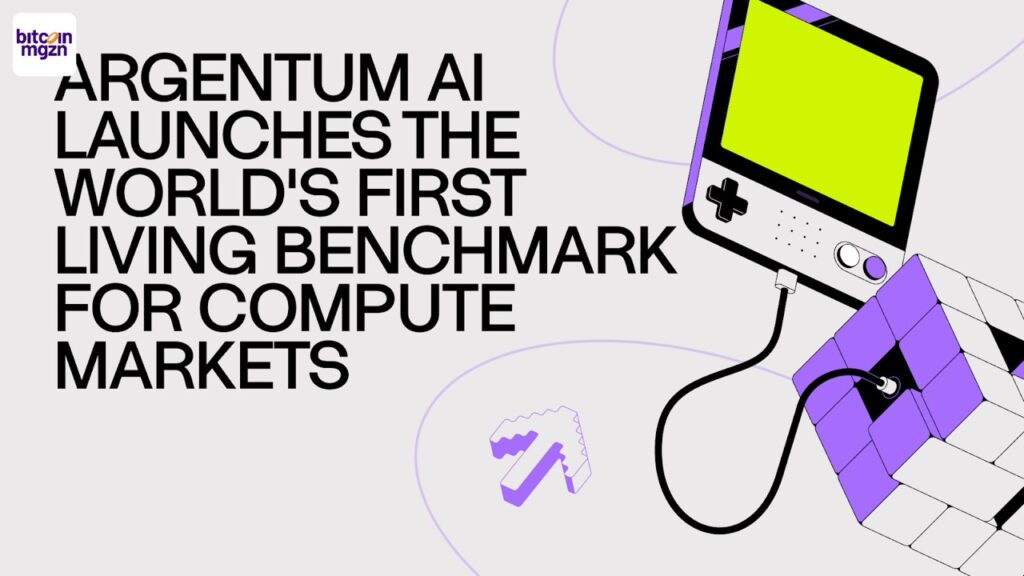Circle Unveils Bridge Kit to Simplify Crosschain USDC Transfers for Developers
Circle today unveiled Bridge Kit, a developer toolkit designed to make crosschain USDC transfers dramatically easier to add to apps, marking the company’s latest push to accelerate onchain money movement. The kit packages core functionality from CCTP V2 (Circle’s Cross-Chain Transfer Protocol) into concise SDK methods, complete with step-by-step docs, production-ready sample code, and built-in monetization hooks so developers can earn from transfers.
Stablecoins such as USDC are already a backbone of onchain payments, DeFi and digital commerce, and Circle argues that seamless movement of that value between chains is now essential as builders stitch richer, multi-chain experiences together. Bridge Kit starts by supporting USDC transfers via CCTP V2, exposing key CCTP operations as high-level SDK calls so teams can move from prototype to production far faster than before.
Where prior integrations often required stitching together attestation, burn and mint flows and custom infrastructure, Bridge Kit abstracts many of those routine steps. Developers can configure transfer speed, RPC endpoints and blockchain interfaces (including Viem and Ethers), and follow an end-to-end reference implementation that Circle says removes much of the guesswork from bridging flows.
The company highlights that simple integrations can be achieved in just a few lines of code and provides a single method call to move funds between EVM and non-EVM chains. An example in the official news blog shows transferring 10 USDC from Ethereum to Solana with one kit.bridge(…) call.
Under the hood, CCTP uses a burn-and-mint approach that lets USDC flow natively 1:1 between supported blockchains, avoiding the need for liquidity pools or third-party fillers and improving capital efficiency. CCTP V2 adds faster transfer modes and composability features such as Hooks that enable automated post-transfer actions, capabilities Bridge Kit builds on for developer convenience.
Scaling with Demand
Monetization is baked into the toolkit: Bridge Kit includes logic developers can integrate to capture fees or earn from transfers, a move that signals Circle’s recognition that bridging will be a recurring revenue touchpoint for many apps rather than just an engineering problem to solve. For teams rebalancing liquidity between chains, enabling crosschain payments or orchestrating treasury flows, Circle positions Bridge Kit as a production-ready foundation that is intended to scale with demand.
Bridge Kit is the first of a planned suite of “app kits” Circle says will standardize the developer experience for core stablecoin functions like bridge, swap and pay. The kits are intended to reduce learning curves and implementation friction so builders can focus on UX and business logic rather than plumbing. Bridge Kit is available now with open access and no sign-up required; Circle points developers to its documentation and sample projects to get started.
For developers already using USDC and CCTP, Bridge Kit looks to be an attractive option for shaving weeks off integration time and adding monetization quickly. For the broader crypto ecosystem, Circle’s move highlights the ongoing shift from point solutions toward composable, developer-friendly tooling that treats crosschain value movement as a first-class capability.
You May Also Like

Argentum AI lanceert wereldprimeur: levende benchmark voor compute markten

ArtGis Finance Partners with MetaXR to Expand its DeFi Offerings in the Metaverse
